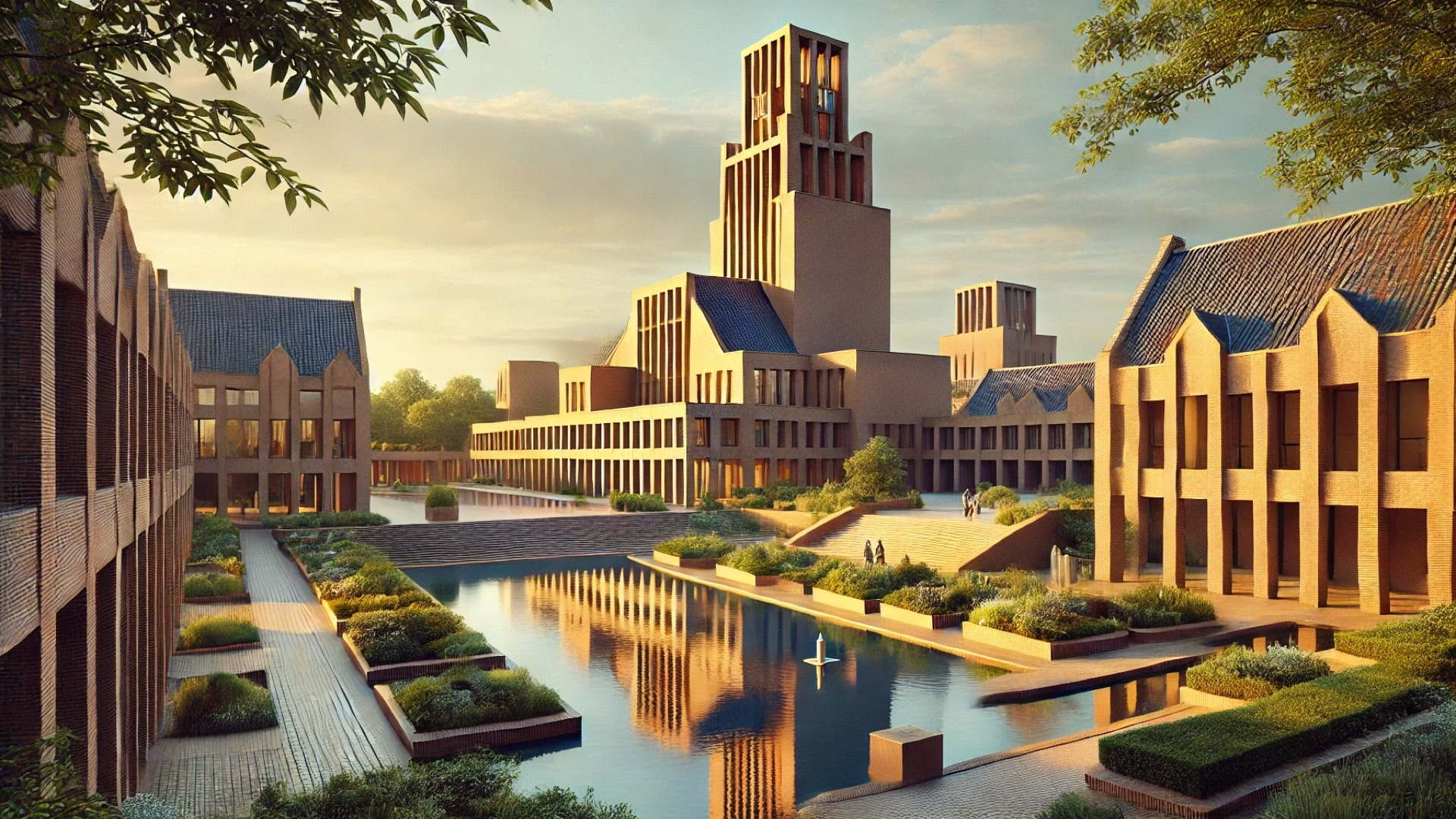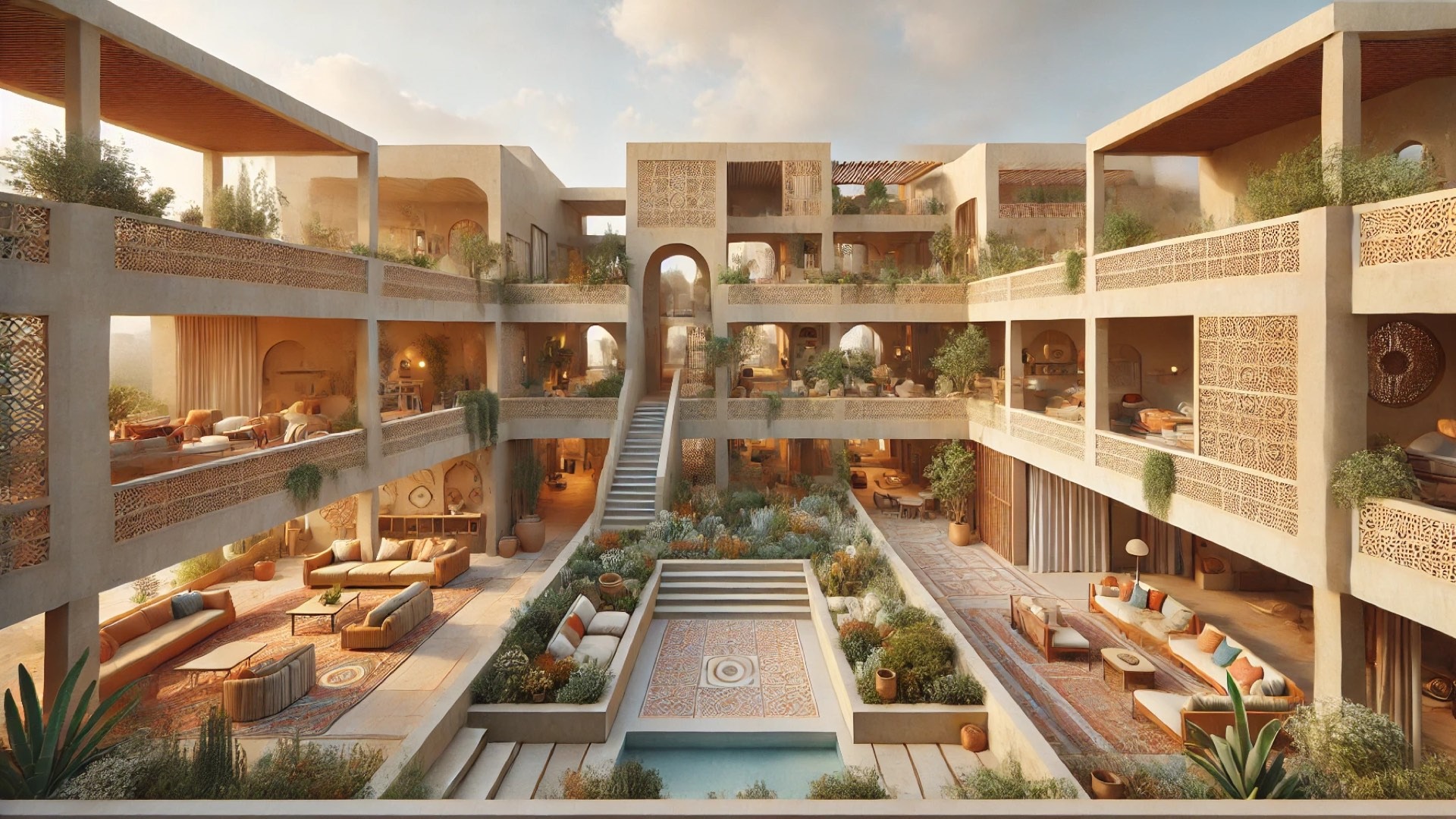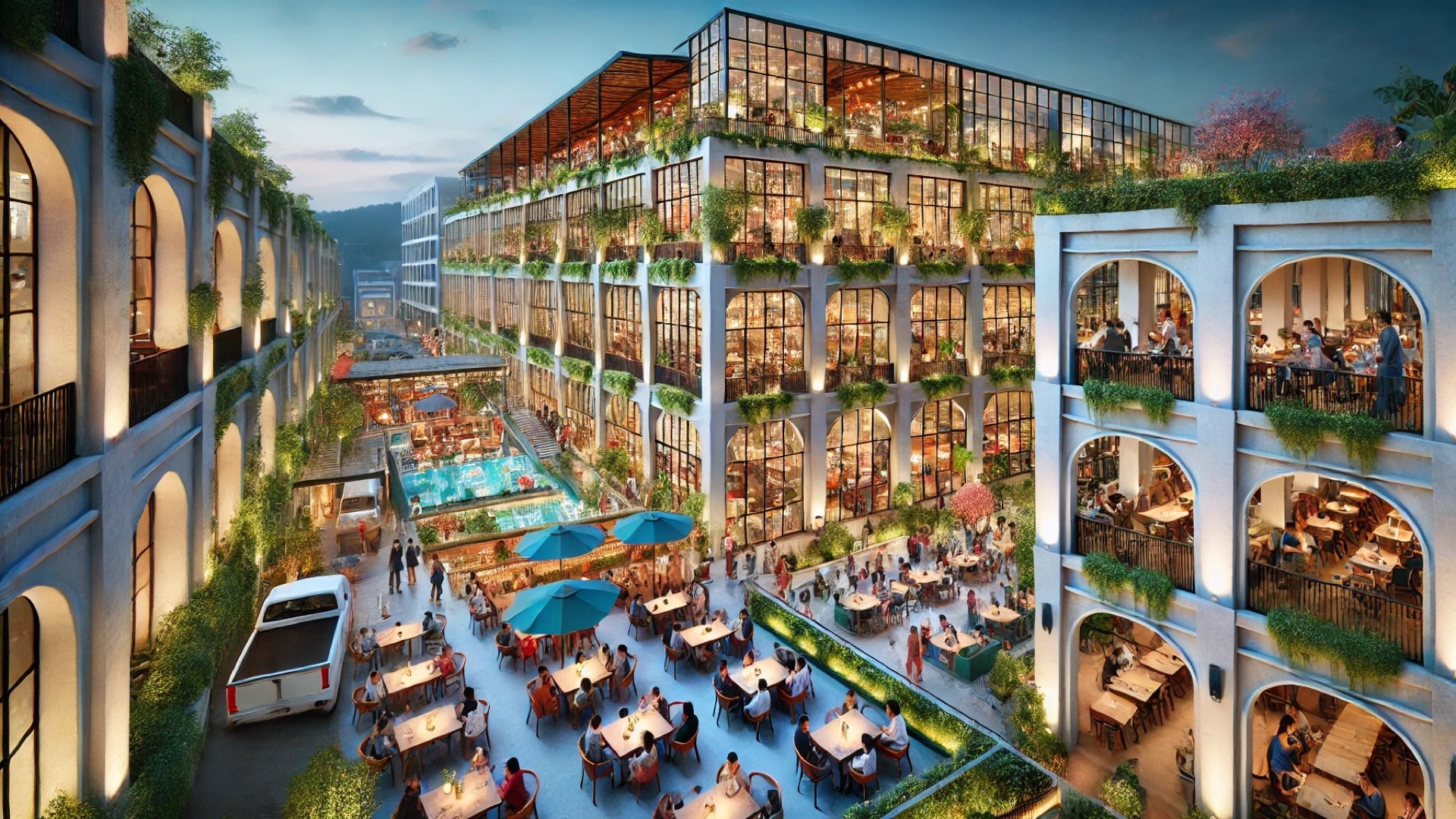
Rediscovering a Civic Icon: The Legacy of Hilversum Town Hall
The Hilversum Town Hall, meticulously designed by Willem Marinus Dudok and completed in 1931, stands as a remarkable example of how architecture can embody the spirit of a community. This building is not merely a place for municipal operations; it is a vibrant symbol of Hilversum's evolution during a transformative period in its history. With a tower majestically rising above serene ponds and thoughtfully arranged brick structures framing lush courtyards, Dudok's design is a masterclass in marrying function with artistry.
The Vision of Willem Dudok
Dudok's vision extended far beyond the construction of individual buildings. As the city architect for Hilversum, he was integral in redefining the urban landscape, designing schools, residential areas, and parks that would contribute to the life of the city. His approach was steeped in a philosophy that combined Dutch craftsmanship with Modernist aesthetics, resulting in buildings that were not only utilitarian but also pleasing to the eye. The town hall stands at the pinnacle of this vision, embodying the goal of creating civic architecture that radiates character and community.
The Artistic and Functional Balance
The unique structure of the Hilversum Town Hall resonates with elements that reflect both artistic aspiration and utilitarian necessity. Critically praised for its harmonious design, it features an inner courtyard surrounded by administrative offices and an outer courtyard designed for service access, reflecting Dudok's skillful navigation of space and function. The building's striking brick façade and meticulously crafted interiors serve as a testament to the high-quality materials and craftsmanship typical of Dudok's work, highlighting how modernism can integrate elegance with everyday functionality.
Cultural Impact and Modern Recognition
Beyond its architectural mastery, Hilversum Town Hall has also found its place in the historical narrative of the Netherlands. During World War II, it served a dual purpose, functioning as the headquarters for the German Wehrmacht while grappling with the complexities of its cultural significance. Yet, even in challenging times, the town hall proved resilient, continuing to symbolize the community's enduring spirit. Its recent restoration during the 1990s revitalized its original charm, ensuring that future generations can appreciate its architectural grandeur.
Why This Matters to Us
The Hilversum Town Hall is more than a structure; it serves as a reminder of the profound impact architecture can have on our lives. It teaches us that the spaces we inhabit can influence community identity, foster connections, and celebrate history. As we continue to build our cities, understanding the lessons from architectural successes like Dudok's work can guide us toward a future that values aesthetic, functionality, and civic pride.
Architecture aficionados and casual visitors alike will find inspiration within the walls of this iconic building. By exploring its design, one gains insights into the delicate balance of urban planning and artistic expression, showcasing how civic architecture can unite diverse functions into a cohesive whole.
 Add Row
Add Row  Add
Add 




Write A Comment